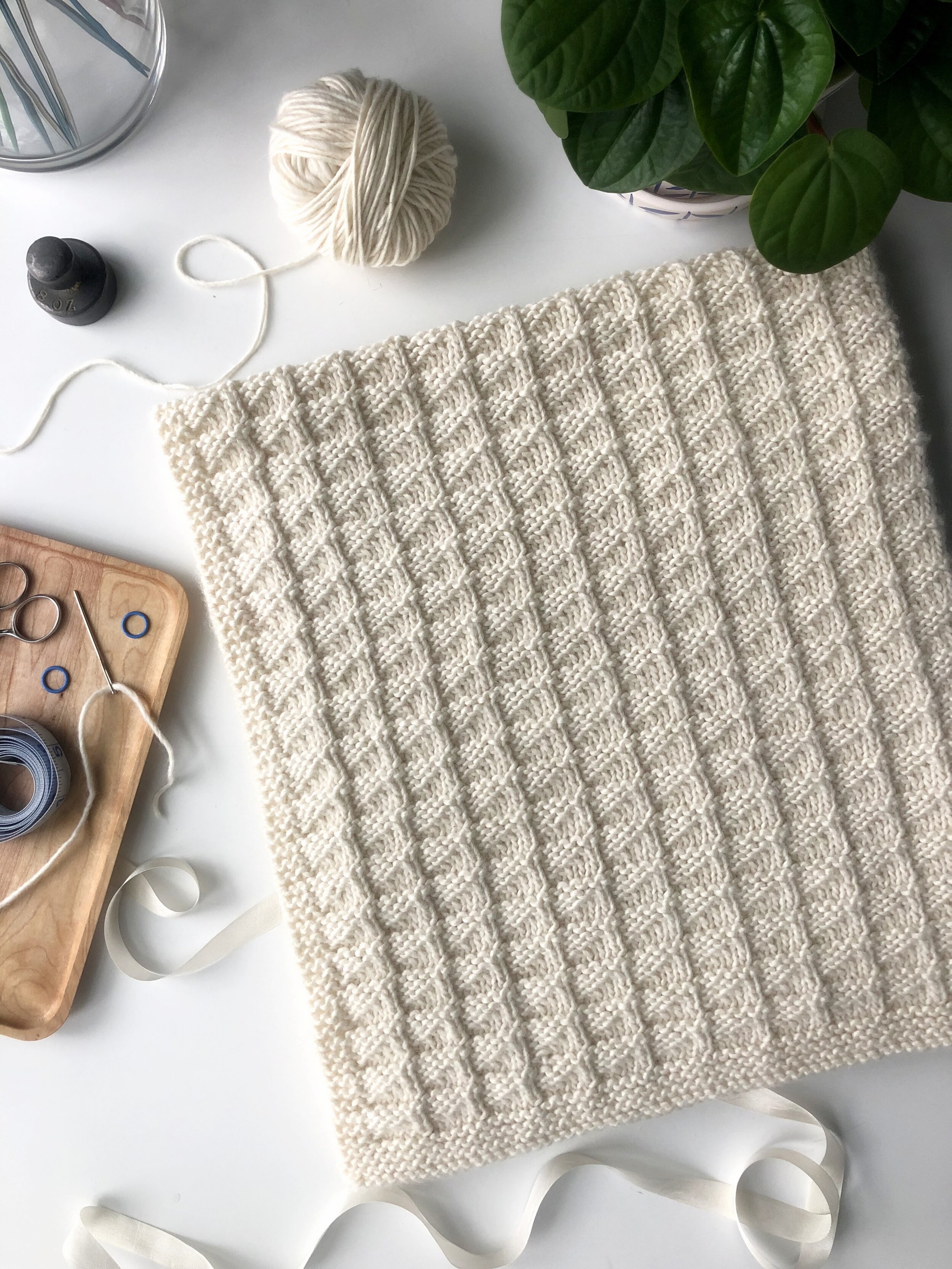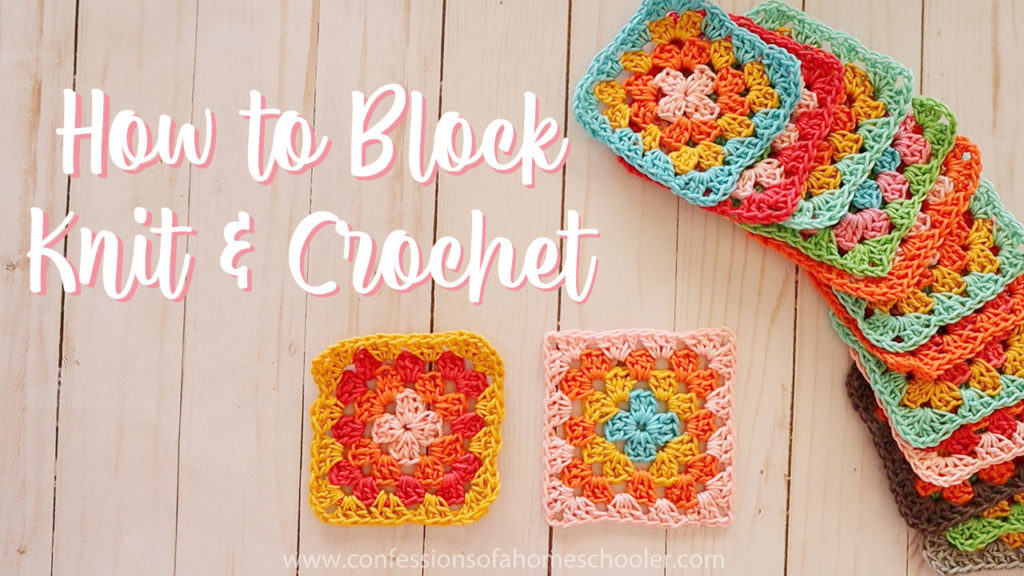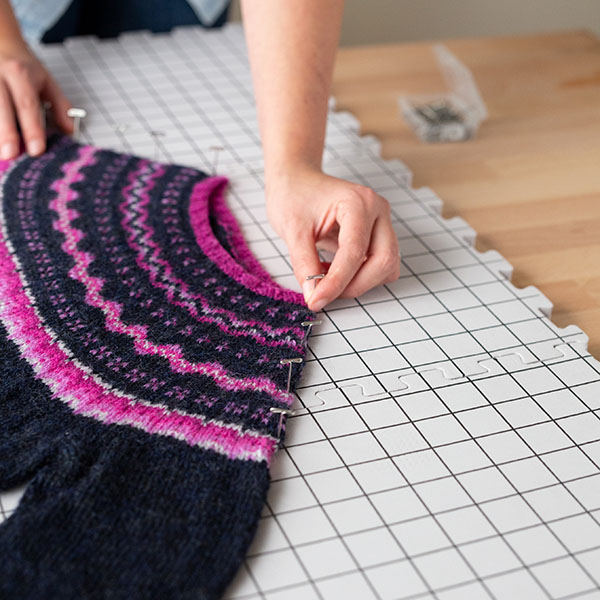How To Block Knitting Projects
How To Block Knitting Projects - Web use a hot iron to press very lightly on the sheet. Once you’ve finished knitting your blanket, scarf, throw, washcloth, sweater, or other knit project, you need and want to block it. There are four main ways that you can block your kitting: Lay your project flat, matching the finished dimensions. Wet blocking, steam blocking, and spray blocking. Web in 7 easy steps, you'll be blocking knitting like a pro and create beautiful finished knits! In this video, i show you what yarns should be blocked an. How to block your knits. This detailed tutorial explains what blocking is, why you block and when you block.plus goes through the 3 different methods of wet blocking, steam blocking. Web there are three main ways to block a knitting project: Before wet blocking anything, check its label for instructions to avoid causing any irreversible damages to it. Web most natural fibers, such as cotton, wool and alpaca, benefit greatly from blocking. Lay your project flat, matching the finished dimensions. Blocking socks and hats is a little different, so we'll discuss that process below. Silk is too delicate to withstand water. Lay your project flat, matching the finished dimensions. If you’re using the knitter’s block, configure the tiles to accommodate your knitted item. Silk is too delicate to withstand water and heat. Continue this process until the sheet is dry. Before wet blocking anything, check its label for instructions to avoid causing any irreversible damages to it. In this guide, i’ll explain what blocking knitting means and why it’s important. Wash on gentle, then dry slowly while checking measurements as you go. How to block your knits. Web 58k views 1 year ago knitting tips, hints, and secret techniques. Web in 7 easy steps, you'll be blocking knitting like a pro and create beautiful finished knits! Blocking generally follows three simple steps: Web 58k views 1 year ago knitting tips, hints, and secret techniques. Instructions and tips for how to block knitting projects using wet blocking, spray blocking, and steam blocking. Lay your project flat, matching the finished dimensions. Remove as much extra moisture as possible, typically with a towel. Web in knitting, there’s no other simple finishing technique that will make such a difference, prevent curling, and lead to an overall nicer stitch definition. Get your project wet by soaking, steaming, or spraying with a spray bottle. Blocking socks and hats is a little different, so we'll discuss that process below. Don't press like you are ironing; Before wet. Washer and dryer method is fast for small items. Do not wring your knitting, this can put it out of shape permanently. These fibers will bloom when they’re blocked, filling out gaps and making the fabric appear more solid. Blocking wires (not essential but nice, especially for lace) Scroll to the bottom of this post and see a couple before. Wash on gentle, then dry slowly while checking measurements as you go. Soak your knitted item in gentle wash per the yarn label instructions. How do you block knitting without mats? Add a small amount of gentle soap, rinseless wool wash, or tuft woolens wool soap to the soaking water. This expert, resource guide from interweave includes finishing techniques, steam. You also can steam block without a protective layer of fabric. A patchwork crochet cardigan is a great opportunity to experiment with block colours, as demonstrated by @beautifulcrochetstuff on instagram. Web take your sweater out of the water and press out as much excess as you can. For water temperature and soaking time, follow the manufacturer’s recommendations for the yarn. 11k views 3 years ago. Here’s a quick summary of how each method works. How to block your knits. Scroll to the bottom of this post and see a couple before and after comparisons. To start, you will need: This detailed tutorial explains what blocking is, why you block and when you block.plus goes through the 3 different methods of wet blocking, steam blocking. Lay your project flat, matching the finished dimensions. Roll your sweater in a towel and stomp on it, this remove excess water. You also can steam block without a protective layer of fabric. This expert,. Steam, wet and spray blocking. Get your project wet by soaking, steaming, or spraying with a spray bottle. Continue this process until the sheet is dry. You also can steam block without a protective layer of fabric. You're just pushing the steam through the sheet and into the knitting. Creating the patches in different colours is also a great way to use up scraps of yarn leftover from other projects. Blocking your finished knitting project makes a big difference in the appearance of your project! You will learn everything you. Web use a hot iron to press very lightly on the sheet. Web first, fill a clean sink or basin with water. Once you’ve finished knitting your blanket, scarf, throw, washcloth, sweater, or other knit project, you need and want to block it. Here’s a quick summary of how each method works. This detailed tutorial explains what blocking is, why you block and when you block.plus goes through the 3 different methods of wet blocking, steam blocking. Blocking wires (not essential but nice, especially for lace) In this video, i show you what yarns should be blocked an. Wet blocking, steam blocking, and spray blocking.![How to block knitting [The ultimate tutorial]](https://nimble-needles.com/wp-content/uploads/2023/03/a-knitted-project-after-blocking.jpg)
How to block knitting [The ultimate tutorial]

How to block knitting projects Gathered
How to Block Knitting Blocking a Hand Knit Blanket Tutorial Final

How to Block Knitting Blocking a Hand Knit Blanket Tutorial Final

How to Block Knitting Blocking a Hand Knit Blanket Tutorial Final

How to Block Knitting Project 5 Easy Steps (2023)

How to Block Knit and Crochet Projects Confessions of a Homeschooler

Tutorial Blocking Knits KnitPicks Staff Knitting Blog

How to Block 100 Acrylic Yarn The Best Way for Knit + Crochet YouTube
![How to block knitting [The ultimate tutorial]](https://nimble-needles.com/wp-content/uploads/2023/03/a-knitted-project-before-and-after-blocking.jpg)
How to block knitting [The ultimate tutorial]
How To Block Your Knits.
Web These Blockers Can Be Left To Dry Flat (Flip Them After A Couple Of Hours To Dry Evenly) Or Hung Up On A Hook.
Blocking Socks And Hats Is A Little Different, So We'll Discuss That Process Below.
Web Take Your Sweater Out Of The Water And Press Out As Much Excess As You Can.
Related Post:
